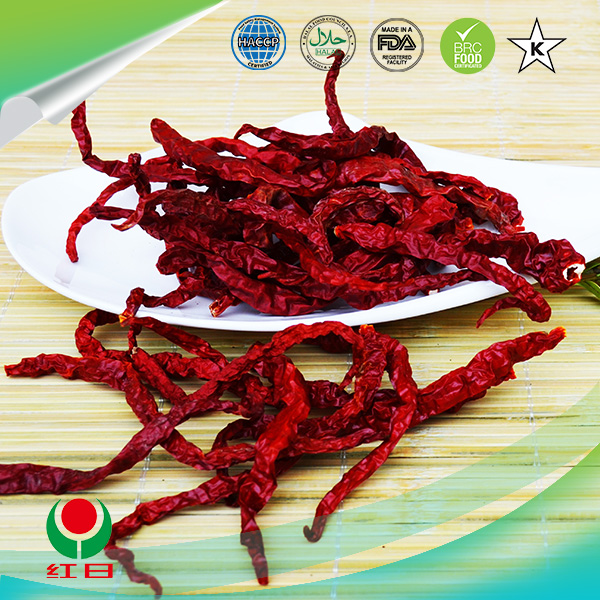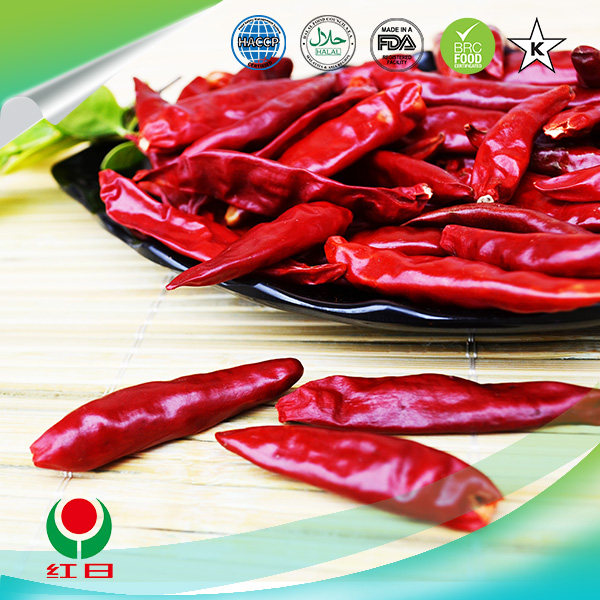- No. 268 Xianghe Street, Economic Development Zone of Xingtai city, Hebei 054001 China
- Byron@hbhongri.cn
Bulk Dried Chiles - Fresh Wholesale Varieties, Fast Shipping
Bulk heat, honest flavor: an insider’s look at Bulk Dried Chiles
I’ve walked enough processing lines to know: a good chile feels alive even when it’s dried. The snap, the aroma—tiny tells of solid farm work and careful drying. From Hebei to Hidalgo, buyers keep asking for consistency and traceability, not just heat. And yes, the market’s moving fast.

What’s trending now
- Clean-label sterilization (steam/TBC) instead of chemicals—buyers ask for it first.
- Color-forward varietals (guajillo, yidu) for sauces and snacks; astoundingly, color often outranks heat in briefings.
- Farm-direct traceability and COAs that actually match the lot. Sounds basic, but it’s game-changing for QA.
- Stable SHU and low moisture for fewer recalls and less caking. Obvious, yet often missed.
A quick data point: in 2020, global production of Capsicum/Pimenta hit ~36 million tonnes, with China at ≈46%—a giant engine for the world’s chile pipeline [1]. No surprise you’re seeing stronger China–to–global supply programs.
Product specs (selected varieties)
| Variety | Heat (SHU ≈) | ASTA Color ≈ | Moisture | Stem Rate | Notes |
|---|---|---|---|---|---|
| Chaotian (Facing Heaven) | 20,000–50,000 | 80–120 | ≤12% | ≤3% (sorted) | Punchy heat; great for chili oil. |
| Yidu | 5,000–12,000 | 100–140 | ≤12% | ≤2% | Red color stability; sauces. |
| Guajillo | 2,500–5,000 | 90–120 | ≤11% | ≤5% | Tannic, raisiny; moles & rubs. |
| California | 500–2,000 | 80–110 | ≤11% | ≤5% | Mild; color-first applications. |
| Puya | 5,000–8,000 | 85–115 | ≤11% | ≤5% | Bright heat; quick infusions. |
Options: whole, stemless, 3–6 mm flakes, 8–20 mesh granules; steam-sterilized; metal detection 1.5–2.0 mm Fe/NFe; packed 10–25 kg lined cartons. Real-world specs may vary by lot; always confirm COA.

Process flow & QA (how it’s really done)
- Field selection: contract farms near No. 268 Xianghe Street, Xingtai, Hebei 054001, China; varietal purity verified.
- Harvest & drying: sun/solar or hot-air; target moisture ≤11–12% to inhibit mold.
- Cleaning: destemming, sieving, gravity, color sorters, magnets, metal detection.
- Stabilization: optional steam/TBC to meet micro specs (TPC, yeast/mold).
- Testing: SHU by HPLC (AOAC 995.03), color by ASTA method, moisture AOAC 934.06, micro by ISO 4833; aflatoxins on risk lots.
- Packing & traceability: lot-coded cartons, COA + origin documentation.
Service life: ≈18–24 months in cool, dry storage (
Use cases
- Foodservice: chili oils, birria, ramen toppings, smoky table sauces.
- CPG/snacks: guajillo-lime dusting, chili-chocolate bars (subtle but memorable).
- Industrial: spice blends, meal kits, RTD noodles, frozen entrees.
Vendor comparison (quick reality check)
| Factor | Farm‑direct Processor | Regional Trader | Commodity Broker |
|---|---|---|---|
| Traceability | Full lot-to-field | Partial | Limited |
| Micro control | Steam/TBC available | Varies | Buyer-managed |
| Customization | Granulation, stemless, SHU tuning | Limited | Minimal |
| Lead time | Short (stock + make-to-order) | Moderate | Variable |
| Price stability | Better via farm programs | Mixed | Market-driven |

Compliance, standards, and docs
Request COA per lot, pesticide screen, micro results, and alignment with Codex CXS 326-2017 for spices. Many processors operate under ISO 22000/HACCP systems; always verify current certificates and audits. ASTA cleanliness and color methods are the usual yardsticks in bid sheets.
Real-world wins
- Snack brand swapped to Bulk Dried Chiles guajillo flakes; claims 12% fewer clumping incidents and richer red on pack.
- Ramen chain moved to steam‑treated Bulk Dried Chiles chaotian; micro holds met spec without flavor loss—chefs actually noticed the aroma, which is rare praise.
Buyer tip: for oil infusions, try 50% chaotian + 50% yidu. You get bright heat plus photogenic color. Not scientific, just what works in test kitchens.
Citations:
- FAOSTAT. Crops and livestock products: Chilies and peppers, 2020 production.
- Codex Alimentarius. CXS 326‑2017: Standard for Spices and Culinary Herbs.
- American Spice Trade Association (ASTA). Cleanliness Specifications & Analytical Methods.
- ISO 22000:2018 Food safety management systems — Requirements.
Supplier origin: No. 268 Xianghe Street, Economic Development Zone of Xingtai city, Hebei 054001 China.
-
Capsicum frutescens oleoresin – High Purity, Food GradeNewsNov.17,2025
-
Capsicum Frutescens Oleoresin – Natural Heat & FlavorNewsNov.17,2025
-
Peppereka Powder – Fresh, Vibrant Color & Sweet AromaNewsNov.17,2025
-
Paprika Oleoresin | Natural Red Color, Heat & Flavor BoostNewsNov.17,2025
-
Pure Turmeric Extract 95% Curcumin | Potent, Lab-TestedNewsNov.17,2025
-
Red Papper Pods – Premium Sun-Dried, Bold Heat & AromaNewsNov.10,2025







